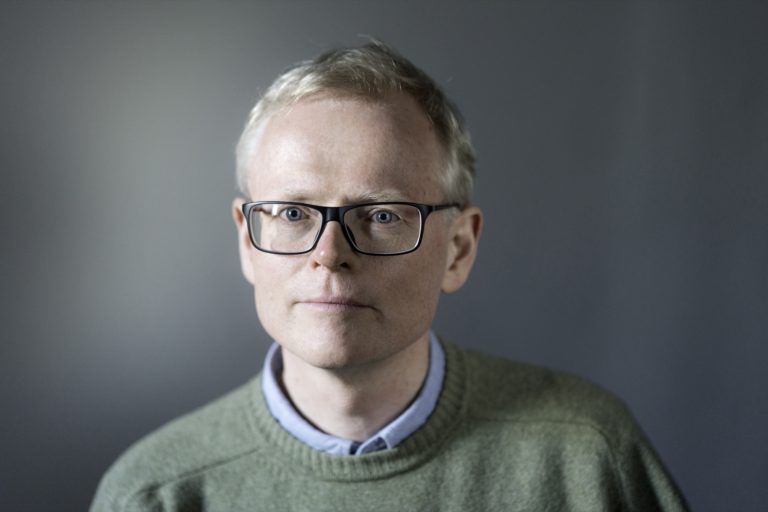New Book 'Forbidden City' Places the Palace at the Heart of Chinese Culture
Every Beijinger knows that the Forbidden City, also called the Palace Museum, is the palace at the heart of the capital. A new book, Forbidden City: The Palace at the Heart of Chinese Culture, raises its status even further. Retailing for a credit limit-maxing US$995, the book attempts to capture all of the world's largest palace complex's history and splendor in more than 150 illustrations, and an essay by Pulitzer Prize-winning journalist and former Beijing resident Ian Johnson. He described the new book to the Beijinger by email from Berlin.

How did the project come about? Did you have a burning desire to write a book about the Forbidden City?
Ian Johnson (IJ): The Forbidden City is something I've slowly gravitated to over time. When I first came to China in the 1980s, I wasn't impressed by it at all. It was run down and most of it was closed off. I also, frankly, didn't understand the symbolism and meaning of it. I thought of it (stupidly) as just a big rundown palace. That's changed over time, especially after a friend of mine named Wang Jun began showing me around it. He's written a lot on old Beijing and really opened my eyes to its importance.
Why the Forbidden City and not the Great Wall? The Wall tends to get more attention when it comes to Beijing area landmarks.
IJ: I think there is a lot on the Great Wall and not as much on the Forbidden City. I think for a lot of visitors it’s one of those must-see locations but it's so big and in some ways inaccessible that it becomes just an exhausting morning. Most people march through it south to north and don't really see very much. I hope my essay and the book allows people to see that it's worth many, many repeated visits

There are many things to which we refer to as "the X of China." The Forbidden City isn't one of them. Why don't we think of the FC as "the Versailles of China"?
IJ: You could think of it like that, but western palaces are much smaller. The Forbidden City has many Versailles in it. It's an entire ecosystem of imperial life and for centuries was the political heart of China in a way that few western palaces really have been. It's not just a place to awe visitors but a place where the emperor and a small city of followers lived.
How much time did you spend on the palace grounds and in its archives in preparation for the book?
IJ: All in all, I spent four months on the project, including several weeks in the archives.
Tell us about the process of reviewing and then selecting all of the photos for the book. How many images did you consider, and how did you choose the ones that were ultimately chosen?
IJ: I worked with the photo team at the publishing house on the photos. I took phone snaps of hundreds of photos that I saw in the archives and sent them in. I also combed through other books and publications and picked out photos that showed the history and the people in it. Then the publisher chose the photos and I helped facilitate getting the permissions and the originals for them to reproduce. They also had a very capable assistant in New York who liaised with the Forbidden City archive. We did it with their permission, which wasn't that straightforward because the Forbidden City is a ministry-level entity, so you need every request to be to the right person and in triplicate. But they were very professional and helpful, which I think reflects their new, more open attitude.
That's quite the price tag for even a book as beautiful and monumental for this. What's the best way for the owner to get the most out of it, and without ruining it in the process?
IJ: Yes, it's really a collectible piece of work. I'd suggest not opening it on your lap, but on a desk and keep food and beverages (except maybe a glass of jasmine tea) far away from it. Some people use cotton gloves but it's really up to the owner. In some ways it's expensive but people pay more for their mobile phones nowadays and bang them up! So, I guess it depends on how you look at it.
Forbidden City is published by Assouline, and is available from their website, Assouline.com.
Photos: Haiwei Hu/Getty Images; World Monuments Fund; Ian Denis Johnson. All Rights Reserved.

![[NR] Forbidden City Book Photo by Haiwei Hu/Getty Images. All Rights Reserved.](https://www.thebeijinger.com./sites/default/files/thebeijinger/blog-images/265699/5_c_haiwei_hu_getty.jpg)
![[NR] Forbidden City Book Photo by World Monuments Fund. All Rights Reserved.](https://www.thebeijinger.com./sites/default/files/thebeijinger/blog-images/265699/6_c_world_monuments_fund.jpg)






